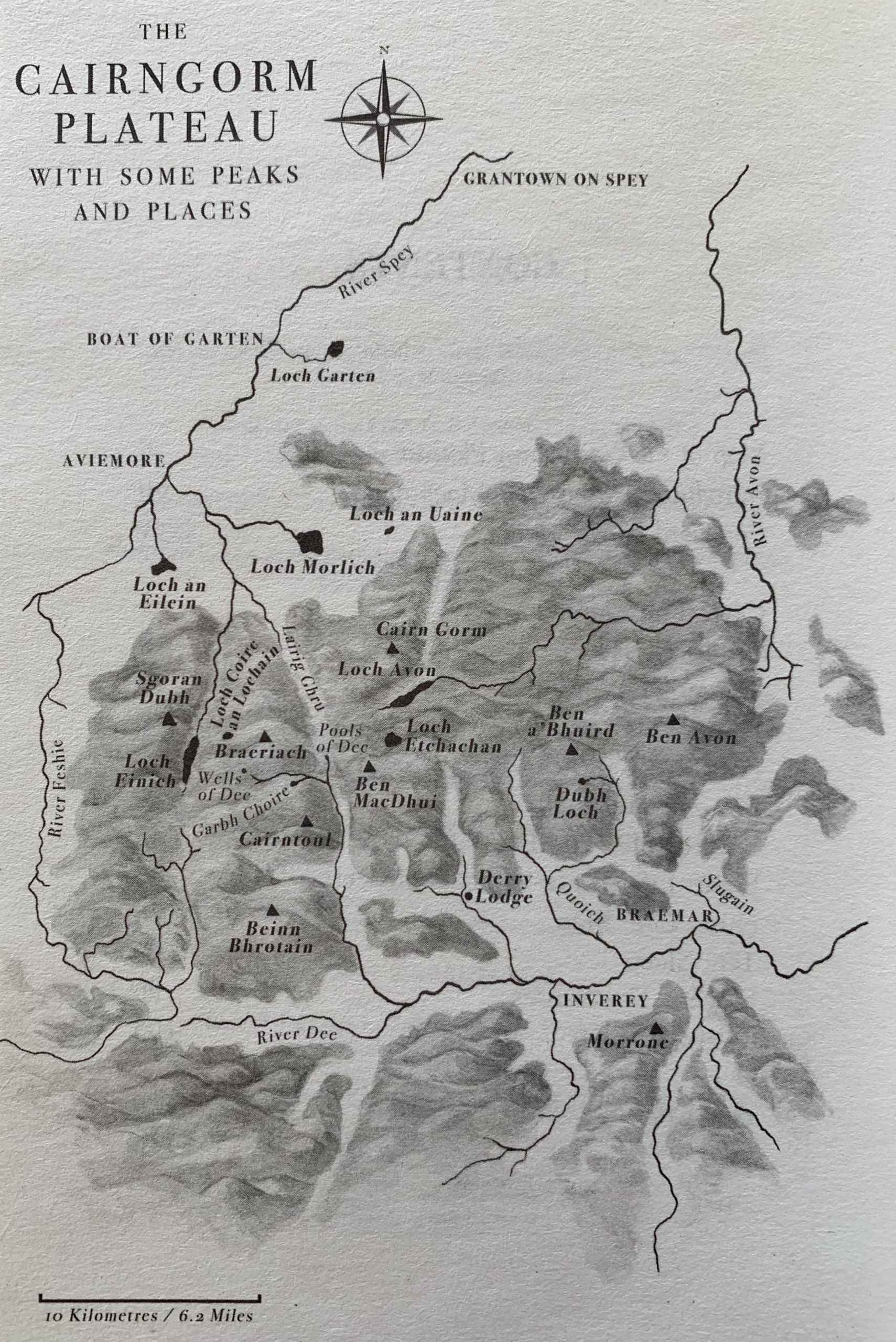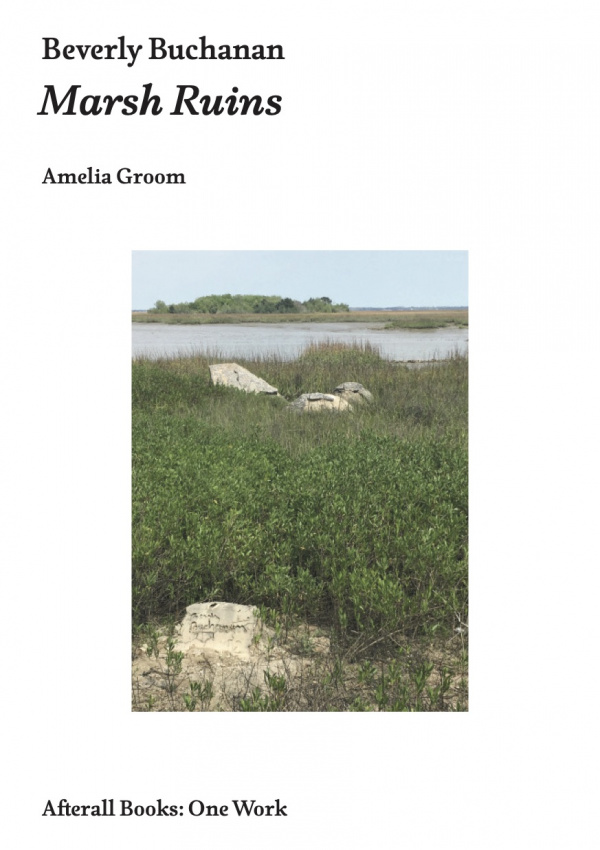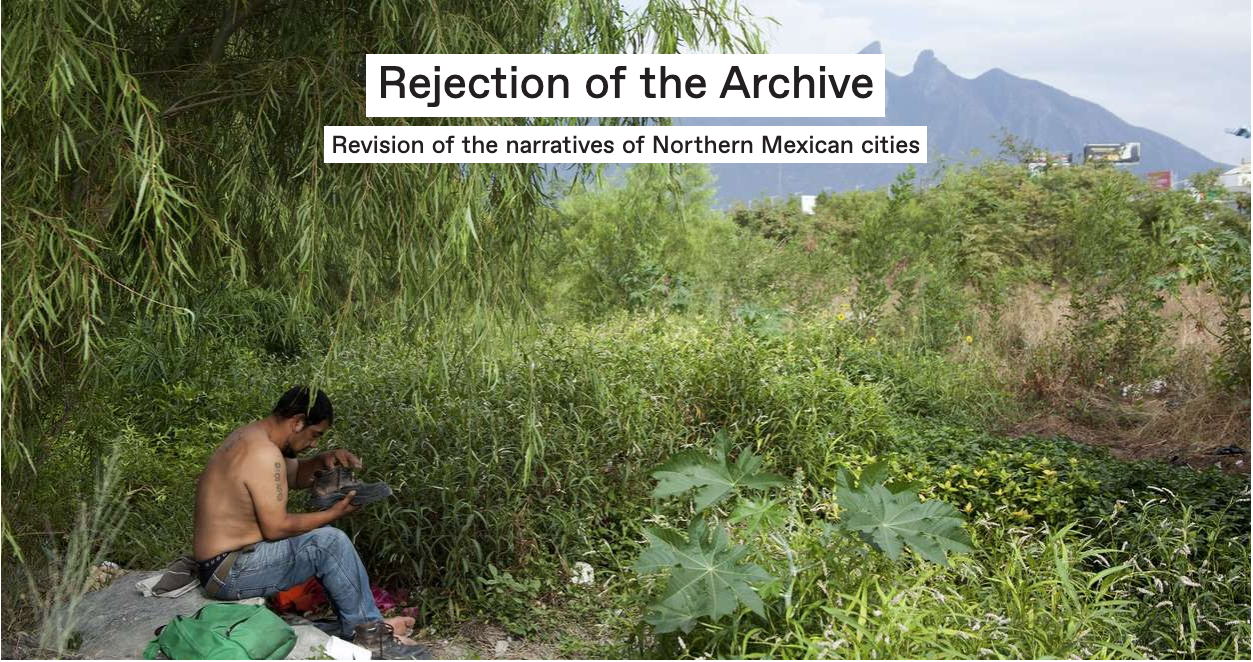
Hyeri Lee on Dining Tables and Edo Food Culture in Ukiyo-e
The author of this book, Ayano Hayashi, is a curator and art writer. Among her publications, there is a series that explains the historical background through food culture of famous painters’ paintings, such as Monet and Van Gogh. The book that I introduce here Dining Tables and Edo Food Culture in Ukiyo-e is one of […]





















